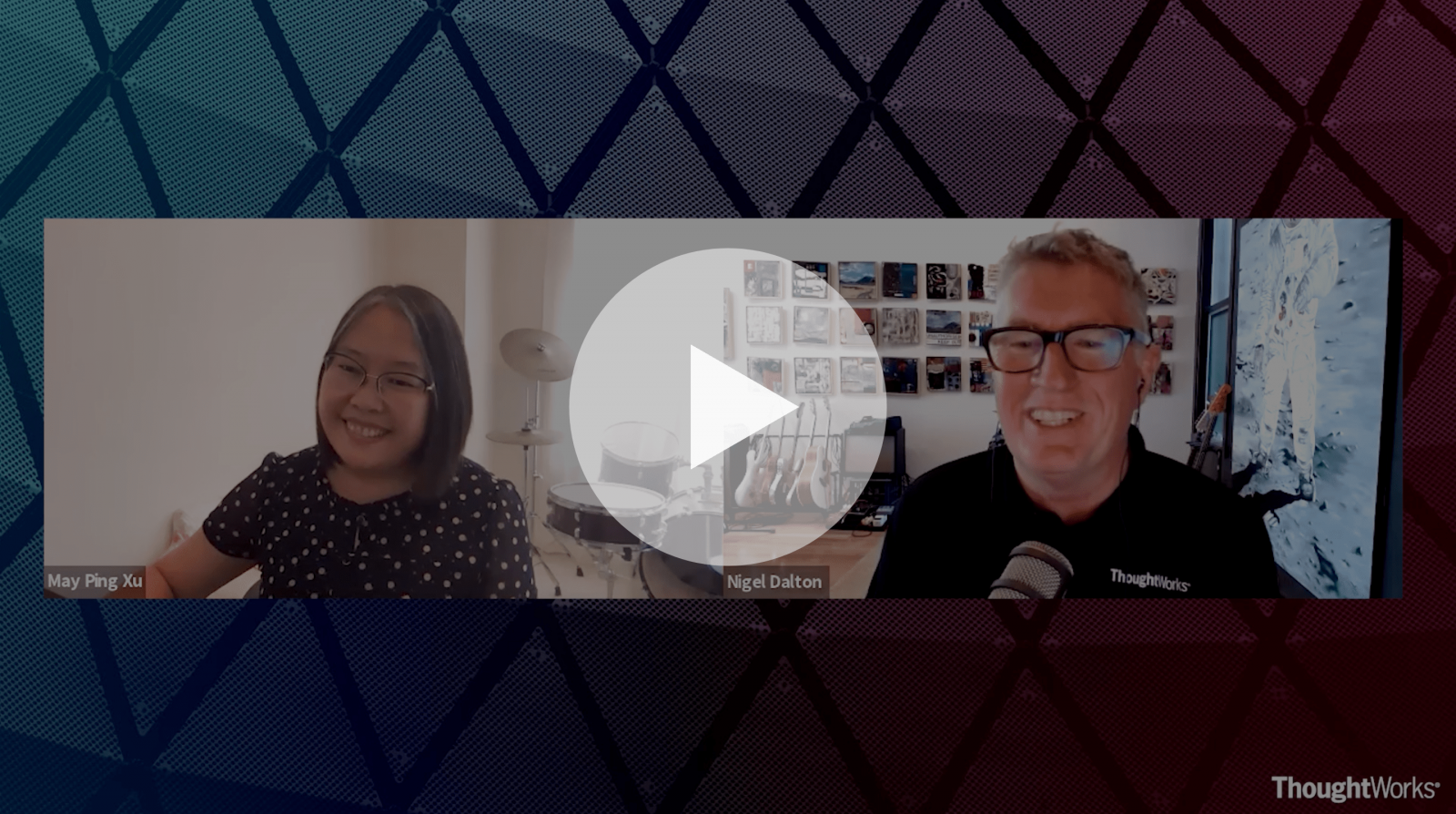Diversity, equity and inclusion
[Leadership pathways] conversations with women in tech


Disclaimer: The statements and opinions expressed in this article are those of the author(s) and do not necessarily reflect the positions of Thoughtworks.
